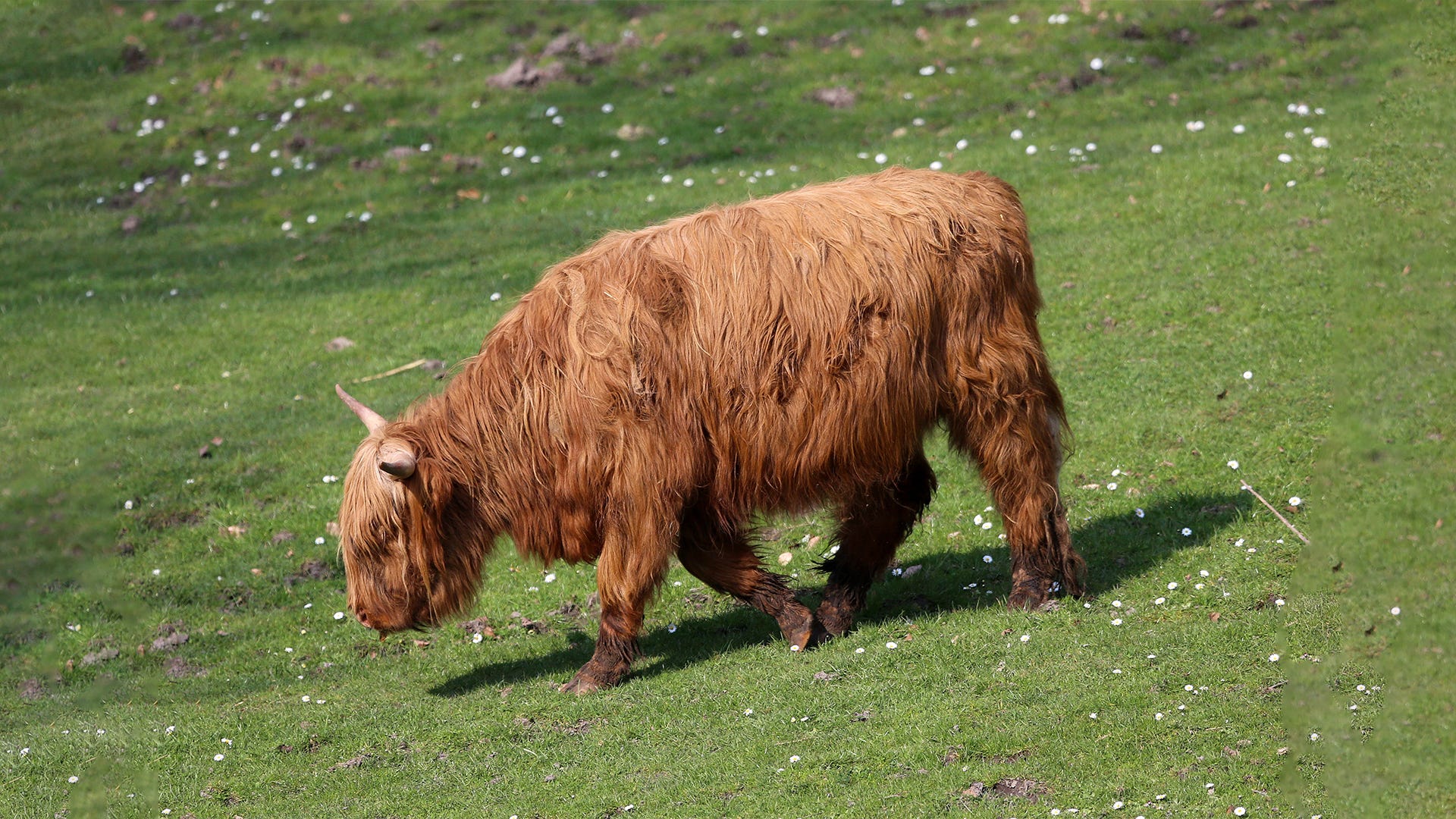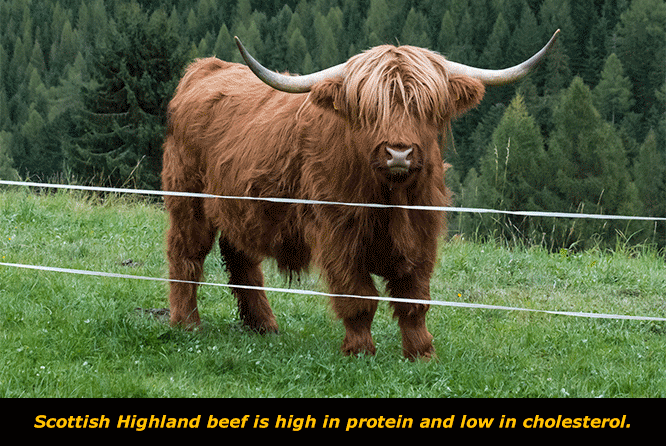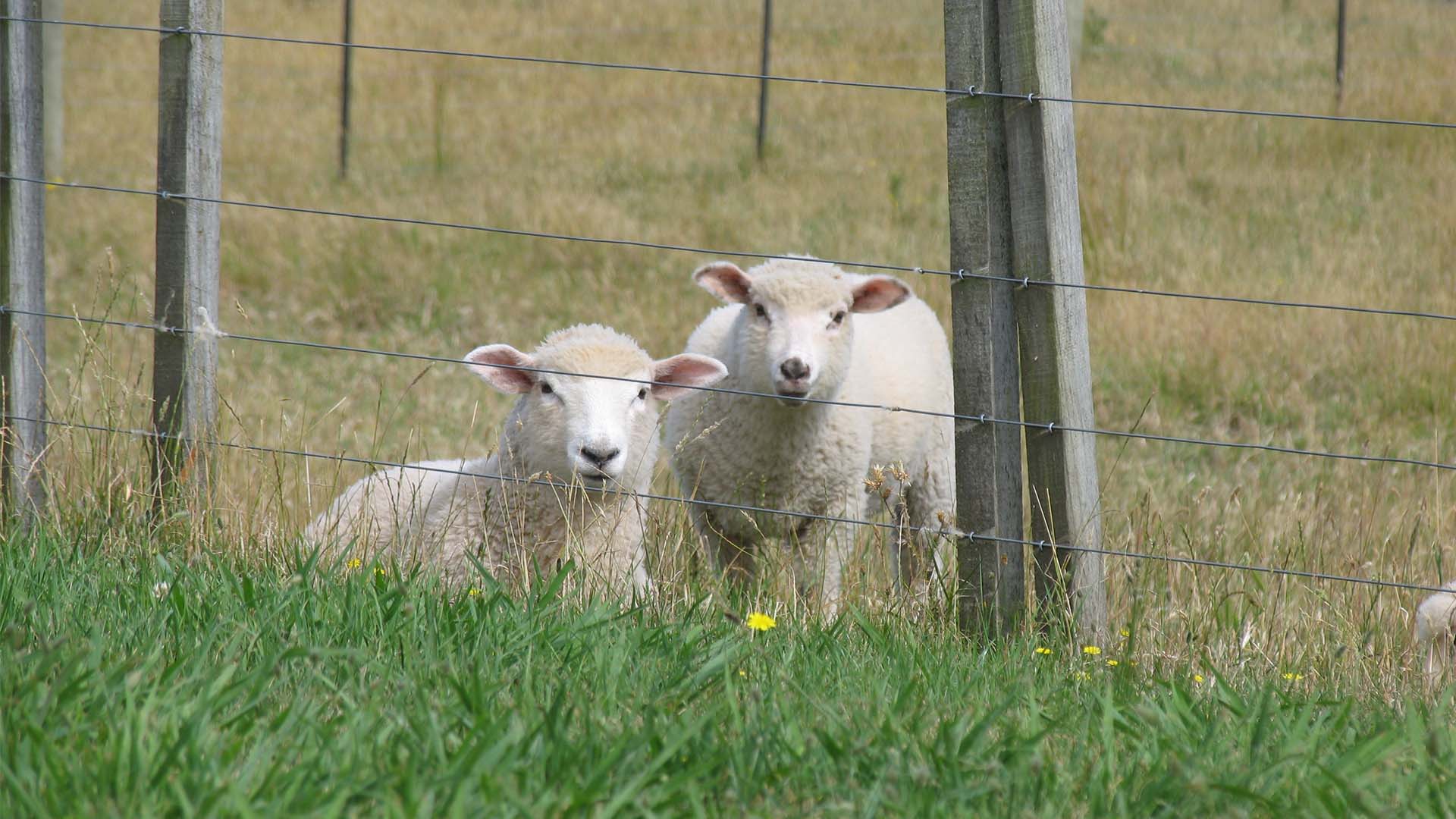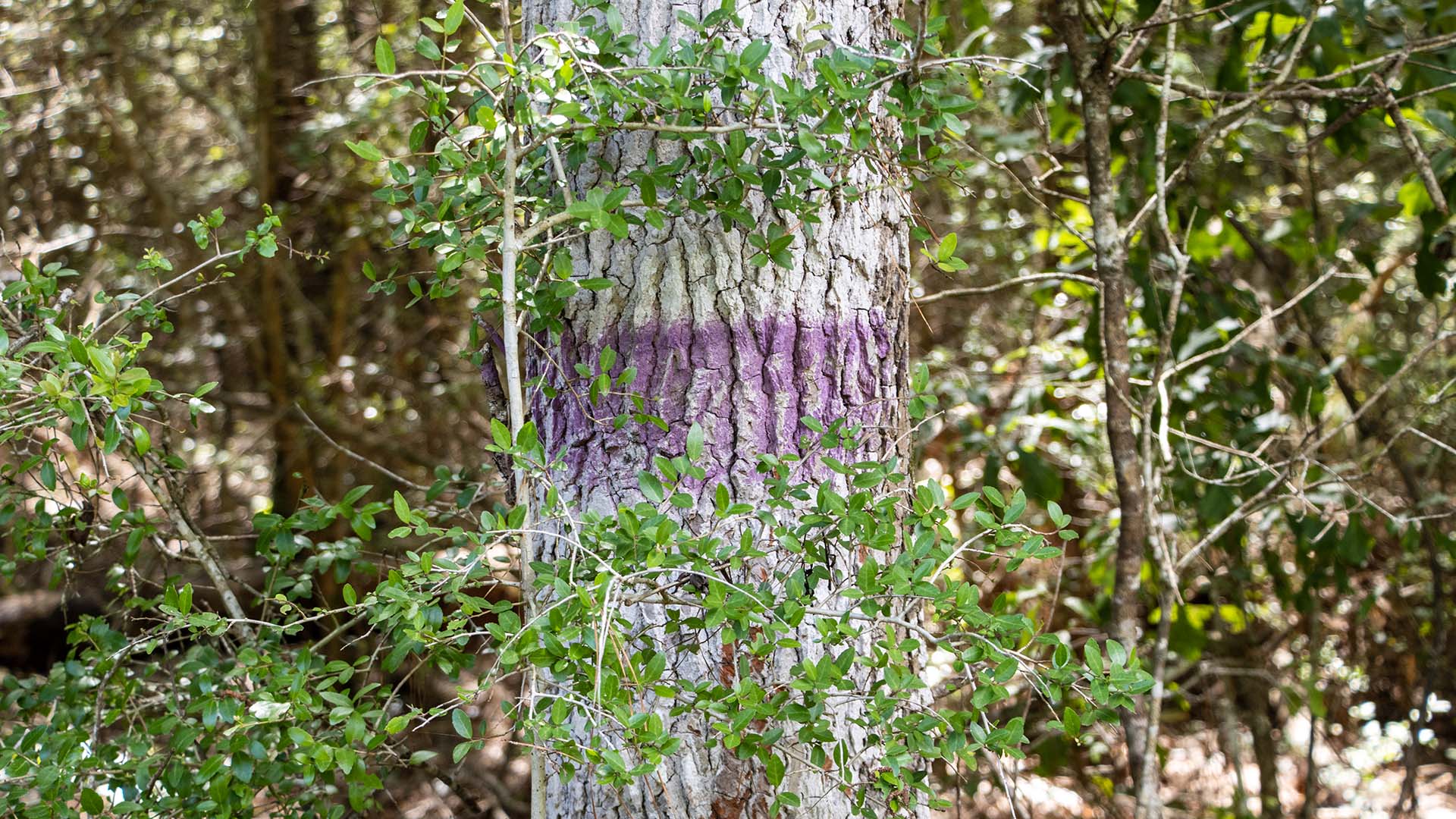
If you’re interested in bringing a unique cattle breed to your farm, you’ll find the Scottish highland to be well-worth your time. These docile animals provide high-quality meat despite their small size and all without expensive feed. Originating in Scotland, highlands are hardy, self-sufficient and long-lived which lets them adapt to just about any climate, though they’re especially well-suited for cold-weather locations.
- Other Names: Kyloe
- Male Size Range: 1,500 to 1,800 lb; 36 to 42 inches
- Female Size Range: 900 to 1,200 lb; 36 to 48 inches
- Source: Scotland
- Established in: 1880s
- Ideal Habitat: Cool, hilly areas
- Fencing: Perimeter fence with one electrified line
- Gestation Period:277 to 290 days
- Raised for: High-quality beef, small size, calm demeanor, milk, ease in calving

All About Scottish Highland Cattle
The most striking feature of Scottish highland cattle is their long shaggy hair. Colored red or yellow, it can sometimes reach lengths of 13 inches. These cattle, which are best suited for cooler climates, actually have two layers of hair – the long, oily outer layer and a heat-trapping undercoat.
Given their name, it’s obvious where this breed developed, but what’s more interesting is that it is actually considered the first recognized breed of cattle. How so? It’s all about record-keeping – the Scottish Highland Cattle herd book predates all others.
Since those first records, Scottish highlands have spread around the world. They’re found in every U.S. state and herds (or “folds” if you’re Scottish) have been established as far away as Australia.
Small compared to other breeds, the highlands are still worth their weight in gold, according to some ranchers. For one thing, their beef is highly prized – offering more protein and iron and lower cholesterol than standard beef. On average, cows produce about 12 calves over a lifetime and their milk is rich in fats. Worried about keeping a feisty Scottish highland in check? You won’t have to since they’re also well-known for their calm and docile demeanor.
Highlands struggle with most of the same issues any breed of cattle does with one notable exception – far fewer leg and foot issues, which is thanks to their short legs. Further, cows can calve unassisted more than 90 percent of the time, which means a big reduction in your veterinarian bills.
For farmers, Scottish highlands are a near-perfect breed. They provide great beef, high-fat milk and have long lives that assure a terrific return on an investment in the breed. Add their amicable personality to all those benefits, and it’s not hard to understand why they’re so popular with new farmers.
Learn More About Livestock
Zareba® has other articles about livestock that can help you in your farm planning, including additional spotlights on other interesting breeds. Check out some of these selections:
- Get to Know: The Belgian Blue
- Get to Know: The Pygmy Goat
- Fencing for Free Range Poultry
- Electric Fence Height by Animal
Also be sure to subscribe to the Zareba® eNewsletter for helpful articles like this one and announcements about fencing supplies from Zareba®.



